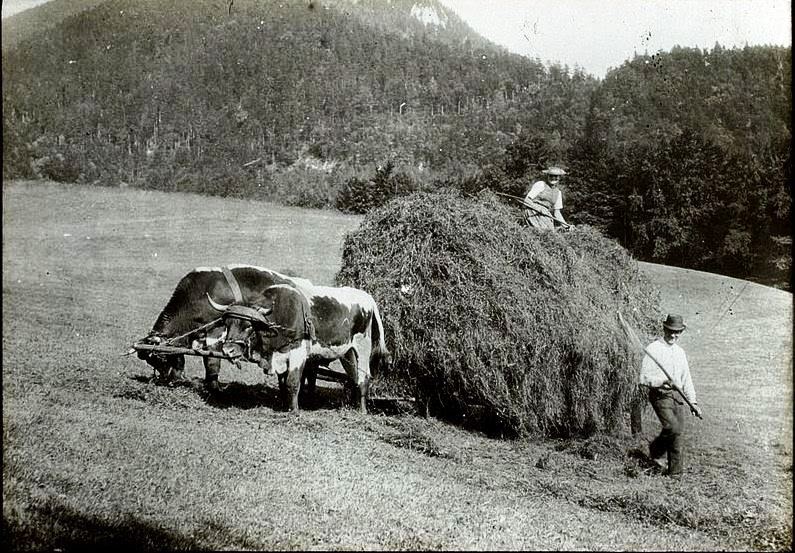 The relationship chart is designed so that the beginner, as well as the more experienced genealogical researcher, can quickly compute the degree of relationship from the family representative to any of their relation.
The relationship chart is designed so that the beginner, as well as the more experienced genealogical researcher, can quickly compute the degree of relationship from the family representative to any of their relation.Blood relationship is divided into lineal and collateral relatives. Lineal relative exist between persons, one of whom is descended from the other. Collateral relatives exist between two persons who are in different lines of descent from a common progenitor.
A collateral line includes all lines other than the line through which you descend. One's grandparent, parent, them-self, child or grandchild is a direct line, while ones' uncles, aunts, brothers, sisters, cousins, nephew, and nieces are related collaterally.
To assist in determining relationship to any relative without the use of a chart, the following explanation is given:
- Progenitors: If your own name is listed as family representative, you are a son (son) or a daughter (dau) to your parents; a grandson/daughter (g son/g dau) to your grandparents; a great-grandson/daughter (g g son/dau) to your great-grandparents; and a second great grandson/daughter (2 g g son/dau) to your second great-grandparents.
- Brothers And Sisters Of Your Progenitors: You are a nephew (nep) or niece (niece) to your parents' brothers and sisters; a grandnephew/niece (g nep/niece) to your grandparents' brothers and sisters; a great-grandnephew/niece (g g nep/niece) to your great-grandparents' brother and sisters; and a second great-grandnephew/niece (2 g g nep/niece) to your second great-grandparents' brothers and sisters.
- Cousins: In determining the cousin relationship to any descendant of your uncles and aunts in any degree, follow these steps:
- Step 1: Children of brothers/sisters are first cousin (1cou) to each other; children of first cousin are second cousins (3cou) to each other; children of second cousins are third cousins (3cou) to each other; children of third cousins are fourth cousins (4cou) to each other, etc. In other words persons sharing teh same grandparents are first cousins (1cou) to each other; those sharing the same great-grandparents are second cousins(2cou) to each other; if they share the same second great-grandparents, they are third cousins(3cou) to each other. Especially note that you and your cousin in any degree are both an equal number of generations from the common ancestor or from the point where your lines converge.
- Step 2: Descendants of cousins in any degree are also that same degree of cousin relationship to you. They are, however, designated in addition as "removed" according to the number of generations that they are descended from that cousin. Basically a child of your first cousin is a first cousin to you, but is designated as a first cousin once removed (1c1r); a grandchild is a first cousin twice remove (1c2r), and a great-grandchild is a first cousin three times removed (1c3r), etc. To your second cousin's children you are a second cousin once removed (2c1r); to the grandchildren of your second cousin you are a secon cousin twice remove (2c2r). To the children of your fifth cousin you are a fifth cousin once remove (5c1r), and to his grandchildren you area a fifth cousin twice removed (5c2r).
- Step 3: A cousin in any degree to any of your progenitors is also that same degree of cousin relationship to you, but you are designated in addition as "removed' according to the number of generations that you are removed or descended from that progenitor.
When listing the relationship on the one family group record, a clear distinction should be made between blood kindred and those to whom they are married. The latter are known as "in-laws"; thus the family representative is a nephew-in-law (nep IL) to his uncle's wife, a first cousin-in-law (1cou IL) to his cousin's wife, etc.
Need Help With Your Genealogy
Copyright (c) 2014

